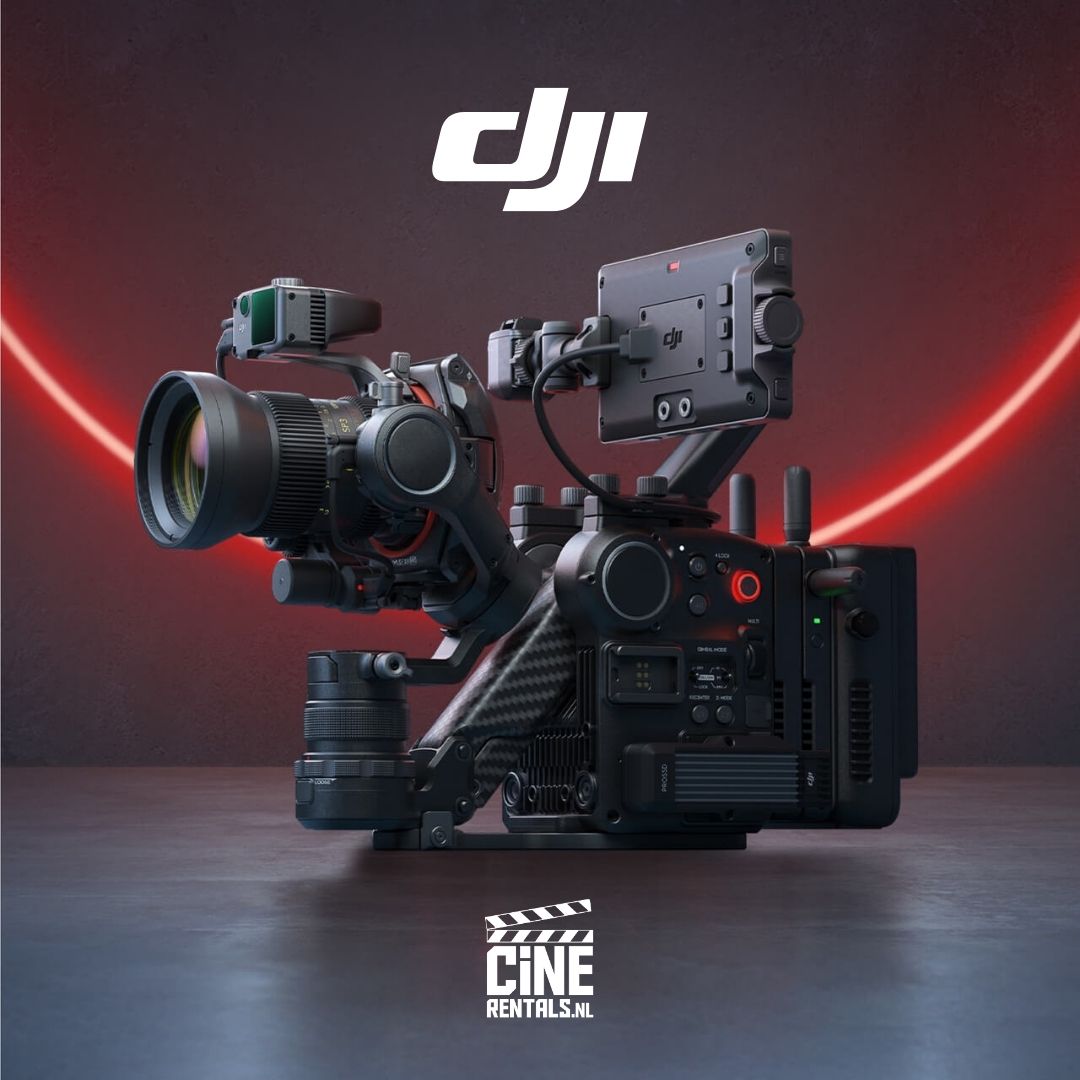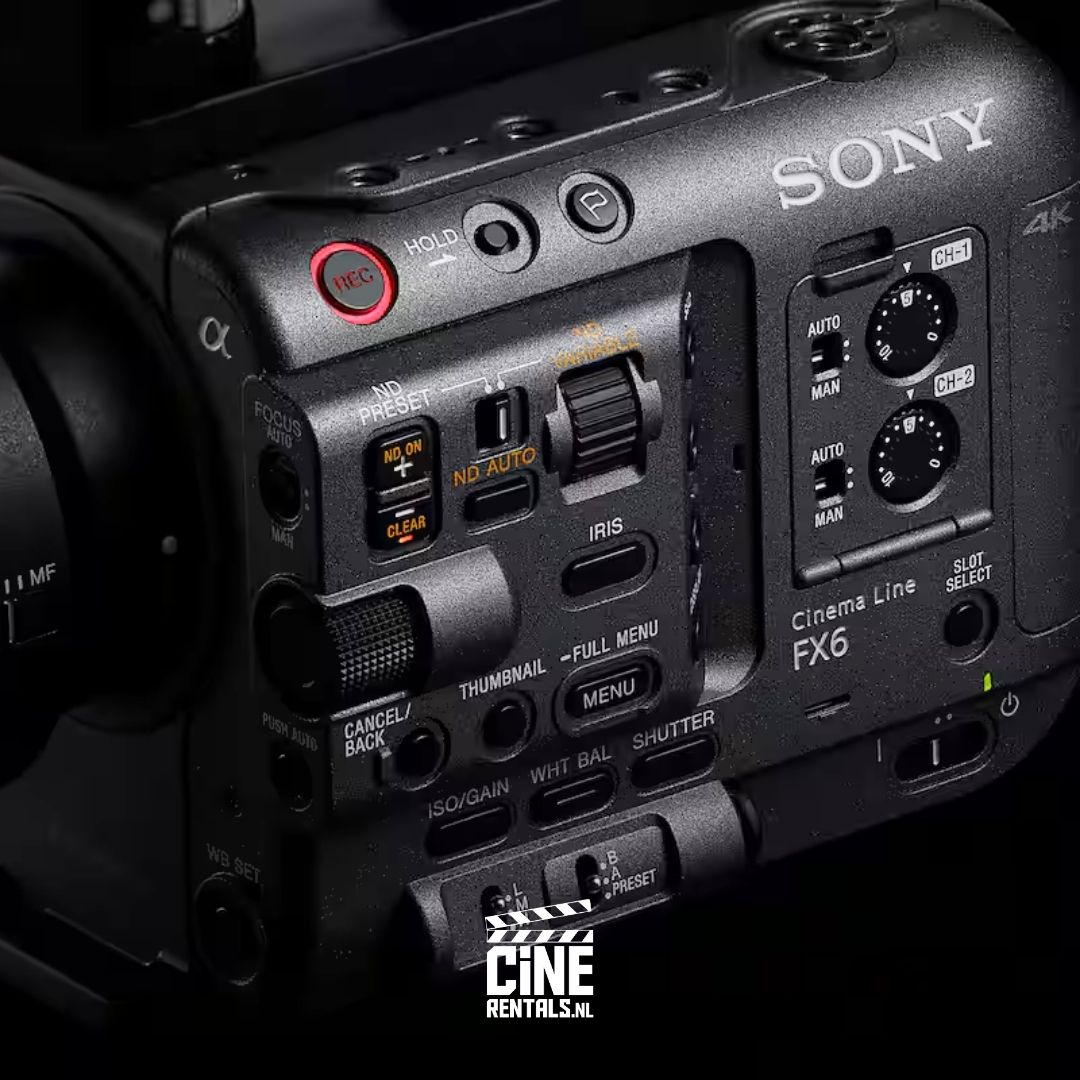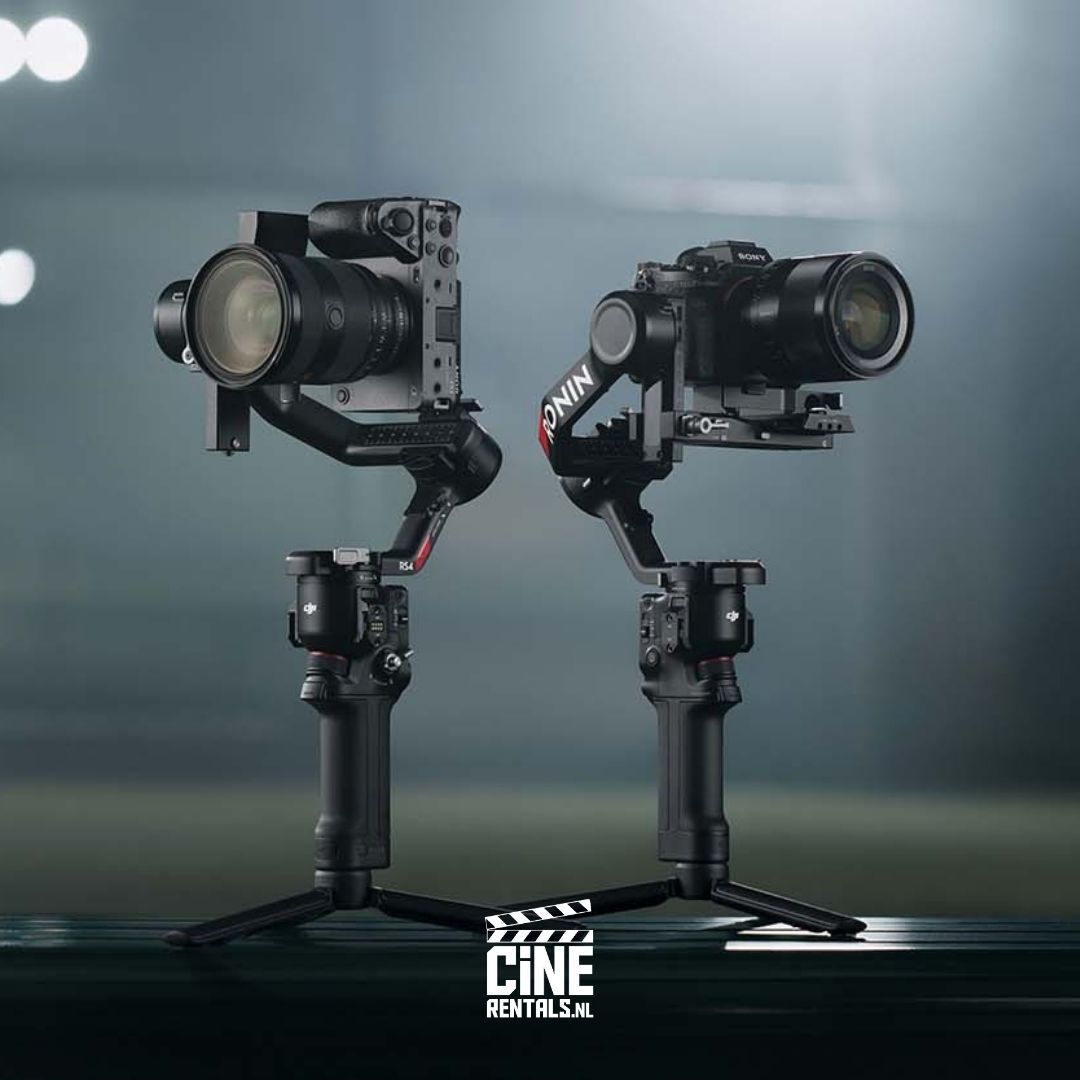When DJI Ronin 4D was first introduced, it was introduced as a “game changer” in the world of cinema. However, using it as a “main camera” in a project requires a different claim. I put this claim into practice for the first time in Turkey by using it as the main camera in a series production, and with a two-camera set-up. Therefore, this article is not just a technical review; it is a transfer of experience that comes from the dust of the set itself, bridging the narrative and technique.
What is Ronin 4D? Camera or System?
DJI Ronin 4D is actually much more than a camera. A fully integrated cinema system:
• 4-axis gimbal (with Z-axis stabilization),
• LiDAR focus system,
• Zenmuse X9 full-frame sensor,
• built-in NDs,
• wireless video and control infrastructure,
• and a modular structure where all of these work together in a single body.
This system combines the components that classical cinema cameras have developed separately over the years in such a compact structure for the first time.
Practicality on Set: Speed, Lightness, Decision Clarity
The tempo of a series is not like a cinema set. Speed, flexibility, and keeping the decision time short are of vital importance. This is exactly where the difference of the Ronin 4D is felt.
There is almost no setup time. Gimbal, camera, follow focus, monitor, and even wireless transmission are in the same body. This integration is worth its weight in gold, especially in terms of saving time during location changes and temporary lighting conditions. In addition, the camera that starts handheld at 8 in the morning can switch to slider in the afternoon and to gimbal in the evening — without any rig changes. This is a serious advantage for a cinematographer like me who cares about visual texture continuity in scene transitions.
Image Character: On the Side of Cinema, Not Digital
The point that the Zenmuse X9 sensor and DJI have reached in color science has frankly surprised me.
• 14+ stops of dynamic range,
• realistic and deep skin tones,
• and a natural contrast structure close to Arri / Red visuals.
The colors are not pastel; they are like a “filmic version of reality”. It progresses without any loss of detail in shadow areas, and with “washed tones” instead of dead whites in highlights. Especially in sunset transitions or high-contrast interiors, the balance of the camera was surprisingly consistent.
The sharpness accuracy provided by LiDAR as a focus system works very differently from classic follow focus systems. Especially in moving scenes, the smoothness of the sharpness locked on the player is remarkable. It may require a new habit for the focus puller, but the resulting sharpness transitions are extremely smooth.
Cinematographic Stability in Moving Plans
Perhaps this is the most ambitious aspect of the Ronin 4D: It can also stabilize Z-axis (up-down) movements with its 4-axis gimbal system. In other words, it eliminates the natural “jumping” effect that occurs while walking. This provided a great advantage, especially in scenes where we follow characters in narrow spaces. It is possible to achieve a flow as if a handheld steadicam was used.
The artificial “floating camera” feeling seen in shootings made with a classic gimbal gives way to a more “weighted, grounded” movement in the Ronin 4D. This serves to convey emotion more clearly in dramatic scenes.
Global Perspective: Not Just an Independent Film Camera
Since its first day of introduction, the DJI Ronin 4D has been tested a lot in the world of advertising, documentaries and short films. However, it has recently started to take its place as the main camera in high-budget music videos and independent cinema projects. In particular, the Ronin 4D’s clean shadow structure and LiDAR-supported focus tracking in low-light conditions in the short film “Unspoken” shot by DP Rubén Dario and shown at Sundance drew attention.
Again in Japan, in a historical mini-documentary series shot for NHK, the Ronin 4D was used as the main camera inside temples where access to traditional dolly systems was not possible. The feedback from the shooting team was clear: “Freedom of movement, stability in the image and a system that opens up space for the director of photography.”
What Changed for Me?
This was the first time I used this camera as the main camera in a series in Turkey, and we did this simultaneously with a dual camera. This is not just a technical choice; it is a structural break.
In the past, a camera would need 5 pieces of equipment. Now, everything is under control with a single body. This both accelerated the tempo of the set and allowed me to focus on the image. The communication between me and the actor became more direct because there were no cables, rigs or motors in between. The distance between the camera and the stage has physically shortened – and this has also increased the emotional connection.
Are There Any Cons? Of course…
• Battery management requires attention. Battery change timing is important in long scenes.
• Lens options can still be considered limited. Some cinema lenses are supported with the PL-Mount version, but there may be weight and balance problems other than native DJI lenses.
• The LiDAR focus system is not always at a level that will “disable the focus puller”; but this system can be used hybridly with a well-trained team.
Conclusion: Is It the Future of Cinema Cameras?
The Ronin 4D is not just a technical device; it is a camera system that can transform the narrative language. You are freer against both time and space. And this freedom allows you to be productive without experiencing aesthetic losses, especially in the series world where storytelling flows quickly.
Source
Akan Açıksöz
Director of Photography



